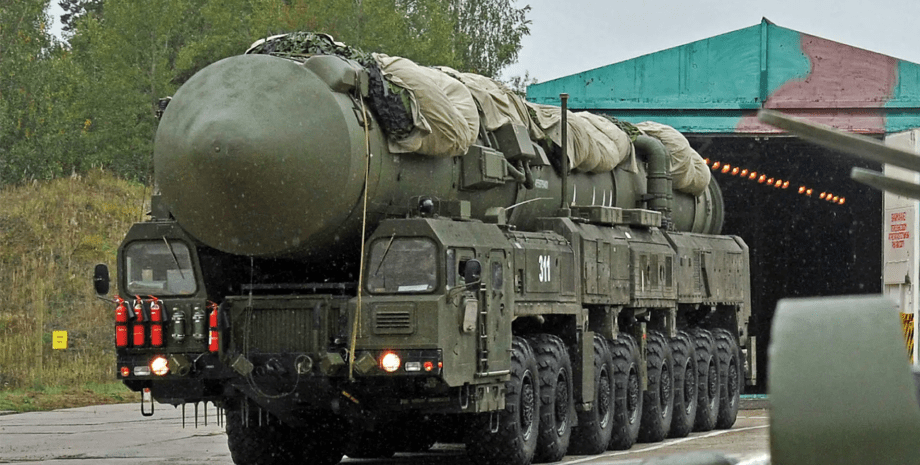
 By Natali Moss
By Natali Moss
In the past, Moscow has already tested a new version of Yars, but only now they are ready to start the mass production of missiles. Now in the Russian territory a number of enterprises modernize their capabilities, including the "Votkin Plant", "TNPC" Titan Barricade "," FCDT "Soyuz" and "NPCAP". These businesses are occupied by rocket production, control system and other important parts to the missile. Last year, Roszmi first showed a look at the R-36M2 Satan Rockets.
It has one of the largest useful loads. However, Yars has a slightly different configuration with several main parts of the warhead. It is claimed that the chassis for the complex will not change, because the rocket may remain the same in weight. However, the publication states that the third stage of the rocket will be easier, which can be affected by the rocket range, which is now declared at 12 thousand kilometers.
The Yar rocket is known for the fact that during the flight from the warheads, the combat blocks fly out, each of which, as they say in the Russian Federation, can impress their target. The Russian Federation assures that there are as many as 10 subbov -trims in one missile, but experts believe that the real figure is below 3 to 6. Recall that March 29, nuclear training with Yars, personnel and approximately 300 units of equipment began in the Russian Federation. .
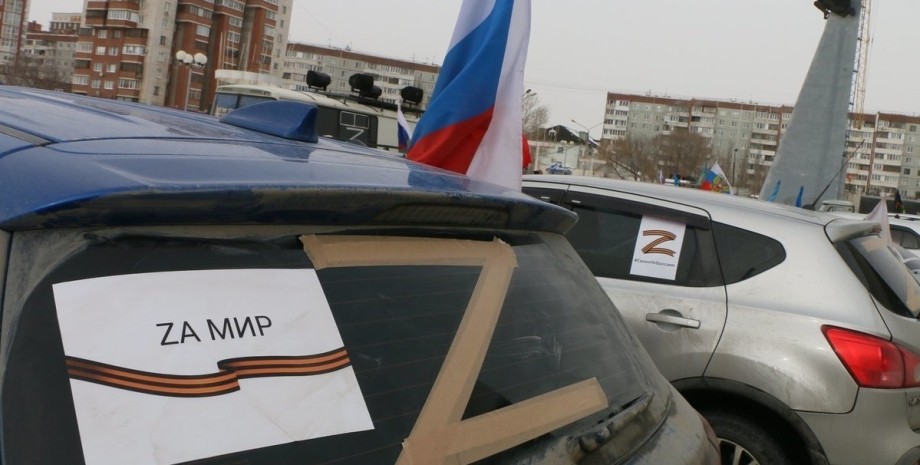

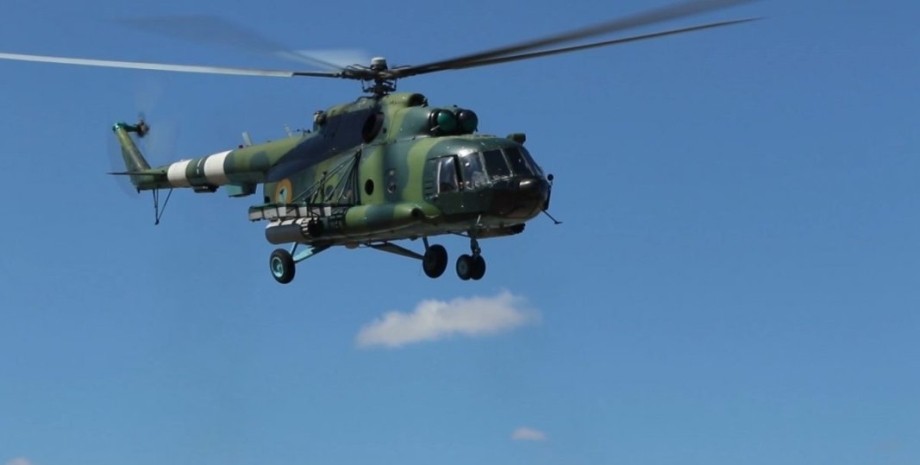


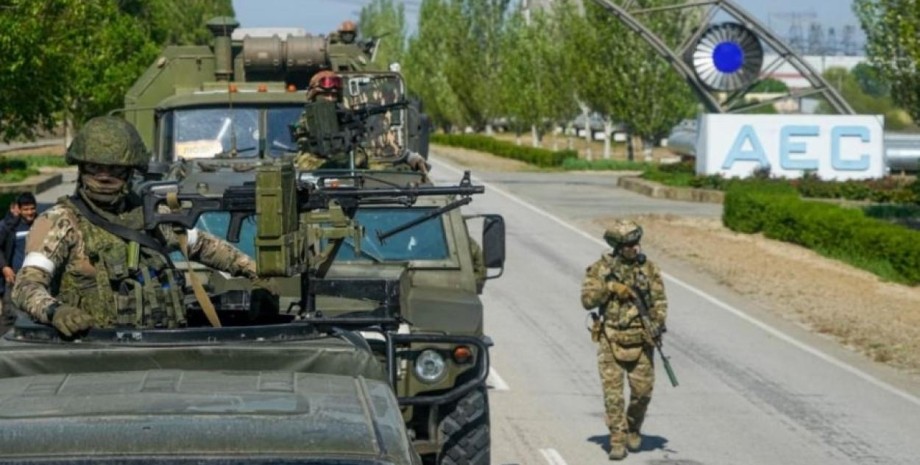


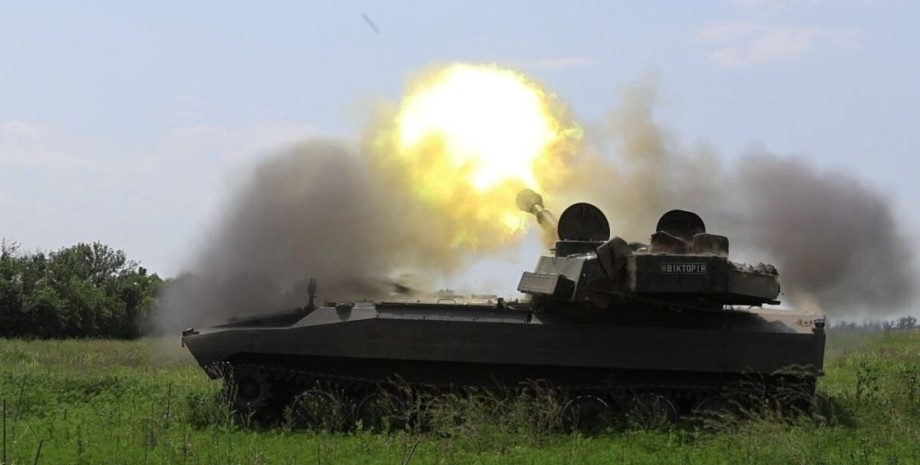











Všetky práva vyhradené IN-Ukraine.info - 2022